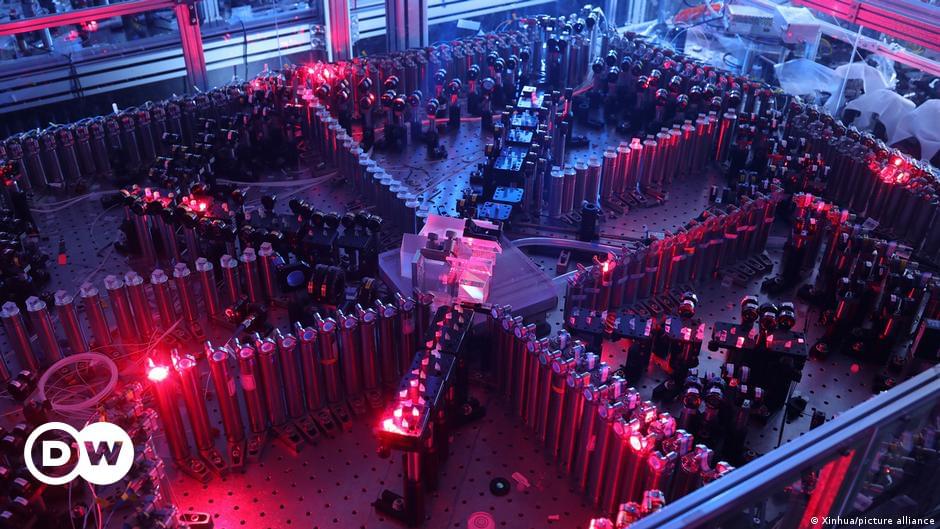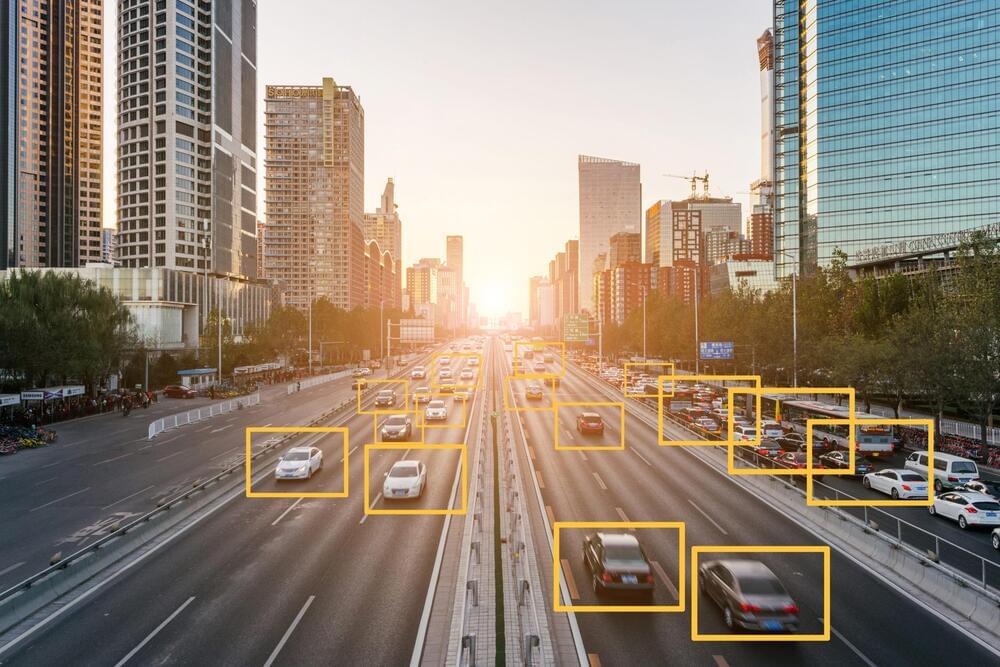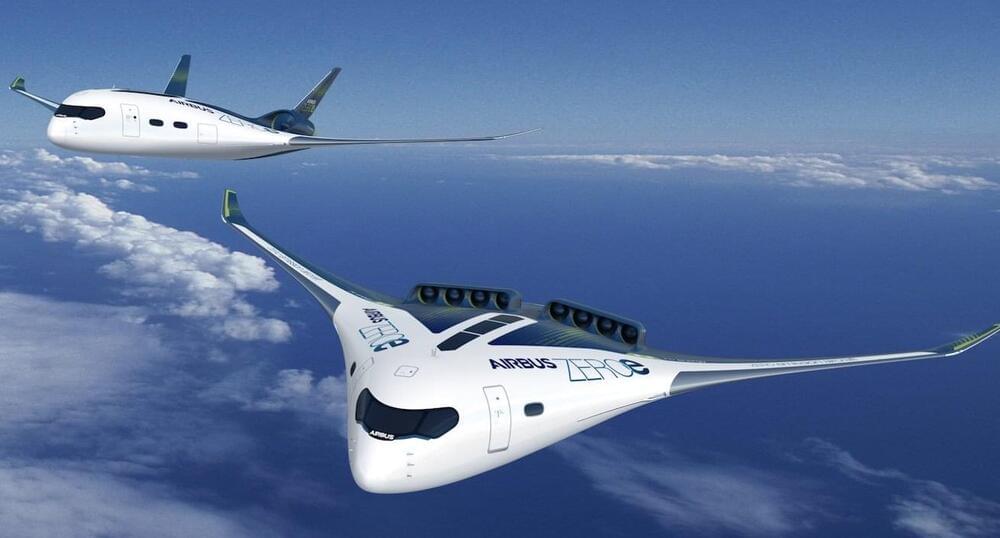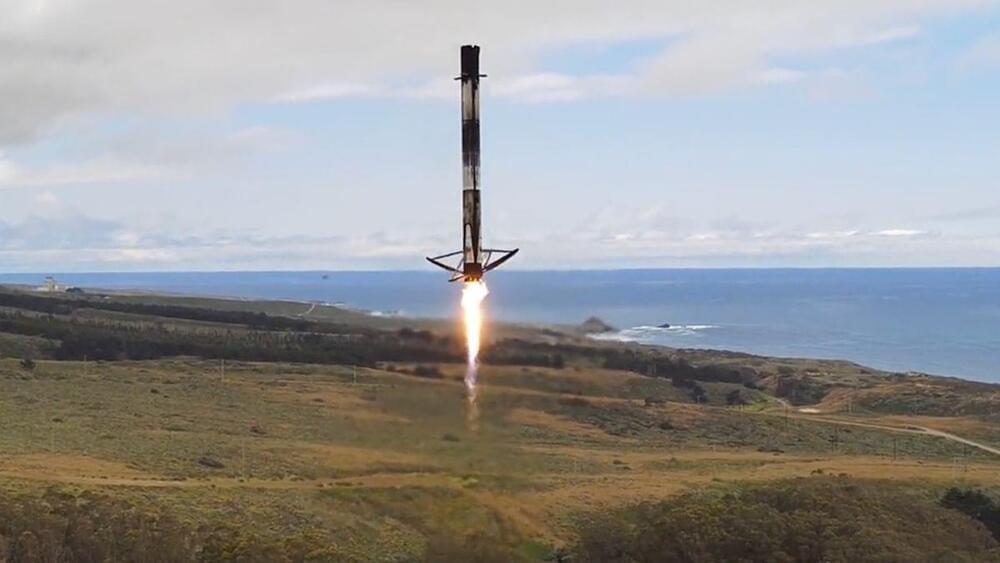More apologism for aging and death.





He hasn’t even made it to Mars yet, and SpaceX CEO Elon Musk’s wandering eye is already on a new planet — this one completely outside our star system.
Over the weekend, Musk seemed to ideate on the prospect of visiting the relatively nearby Promixa Centauri B, an exoplanet that sits a little over four light-years away in Alpha Centauri, the star system that James Cameron’s “Avatar” franchise is based on. First discovered back in 2016, Proxima B is believed to be particularly viable as a potentially life-supporting world, and it looks like Musk is paying attention.
“Practically next door,” the Twitter owner tweeted on Sunday, in response to a tweet featuring a Space Academy blog post about the tantalizing planet.




Engineers at MIT say they have developed a new motor that could be used to electrify large aircraft, significantly reducing their carbon footprint with the help of innovative new electric propulsion technology.
The 1-megawatt motor has already undergone design and testing of its primary components, which the MIT team says helps demonstrate that its power generation is comparable to current small aircraft engines.
Every year, pollution from carbon dioxide in excess of 850 million tons is produced by the aviation industry. If left unmitigated, those levels could increase by as much as three times by mid-century, concerns that have prompted caps on the carbon dioxide emissions of international flights that have been instituted in recent years.


Kairan Quazi announced the news in an impressive LinkedIn post, during which he explained how he’d begun his software engineering career at an early age.
While he kept post pretty professional, Quazi couldn’t help but gush about working for the ‘coolest company on the planet’.
Kairan Quazi is only in his teens, but has already graduated with a computer science degree before accepting a job with SpaceX.